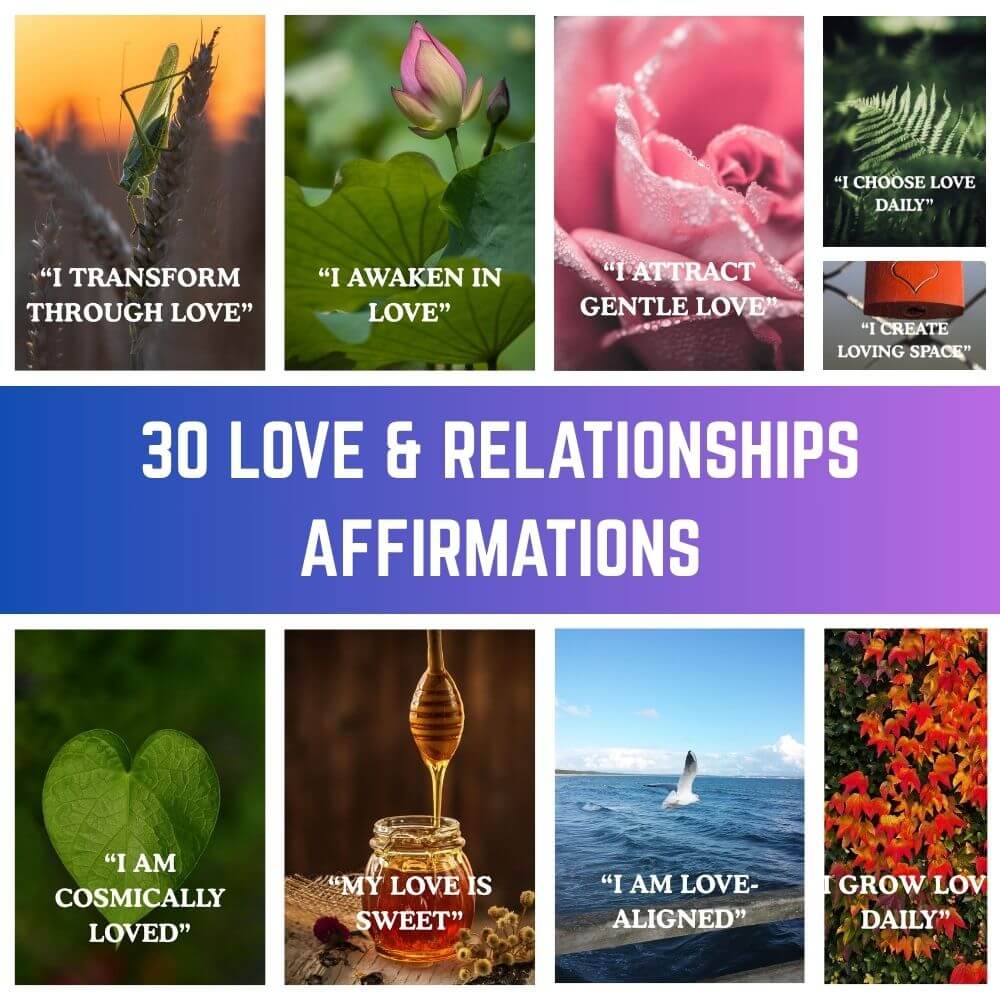The pillow method is a powerful conflict resolution technique designed to foster empathy, improve communication, and help individuals see problems from multiple perspectives. Inspired by the idea that every issue has multiple sides—like the corners of a pillow—this approach encourages understanding before seeking solutions.

In this comprehensive guide, we’ll explore the origins of the pillow method, its core principles, and how you can apply it in personal and professional settings. Whether you’re dealing with family disagreements, workplace conflicts, or interpersonal challenges, mastering this technique can transform the way you navigate disputes.
Understanding the Pillow Method
The pillow method gets its name from the analogy of a pillow having four sides and a middle—each representing a different perspective in a conflict. By examining all five viewpoints, individuals can move beyond their biases and work toward mutually beneficial resolutions.
Developed as a teaching tool in communication studies, this method is rooted in the belief that most conflicts arise from misunderstandings or limited perspectives. It’s particularly effective in emotionally charged situations where empathy is lacking.
The Five Perspectives of the Pillow Method
At the heart of the pillow method are five distinct viewpoints that participants explore:
- My Position: Your initial perspective on the conflict.
- Your Position: The other party’s viewpoint.
- Neutral Observer: How an impartial third party might see the situation.
- Context Matters: External factors influencing the conflict.
- Creative Middle Ground: Potential solutions integrating all perspectives.
How the Pillow Method Works
Implementing the pillow method involves structured reflection and dialogue. Unlike adversarial approaches, it creates space for collaborative problem-solving. Here’s a step-by-step breakdown:
Step 1: Define the Conflict
Clearly articulate the disagreement without assigning blame. Use neutral language to describe what each party wants and why. This establishes a foundation for exploration rather than debate.
Step 2: Explore All Five Perspectives
Systematically examine each of the five viewpoints. This might involve:
- Writing down each perspective separately
- Role-playing to embody different viewpoints
- Discussing how cultural or personal backgrounds shape views
Step 3: Identify Common Ground
After thoroughly exploring all angles, look for areas of agreement or shared interests. These often become the foundation for resolution.
Benefits of the Pillow Method
This approach offers numerous advantages over traditional conflict resolution techniques:
- Builds Empathy: By requiring participants to genuinely consider others’ perspectives.
- Reduces Defensiveness: The structured format minimizes personal attacks.
- Encourages Creativity: The “middle ground” perspective sparks innovative solutions.
- Improves Relationships: The process often strengthens mutual understanding.
Practical Applications
The pillow method’s versatility makes it valuable across numerous scenarios:
In Personal Relationships
Couples and families use it to navigate emotionally sensitive topics like parenting disagreements or financial conflicts. The method’s emphasis on understanding helps preserve relationships while addressing issues.
In the Workplace
Teams apply the pillow method to resolve interpersonal conflicts or brainstorm solutions to complex problems. Managers find it particularly useful for mediating disputes between employees.
In Education
Teachers employ this technique to help students understand historical events, literary conflicts, or classroom disagreements from multiple angles.
Tips for Successful Implementation
To maximize the pillow method’s effectiveness:
- Create a neutral, comfortable environment for discussions
- Set ground rules about respectful communication
- Allow sufficient time for each perspective to be explored
- Use visual aids like actual pillows or diagrams to represent viewpoints
Common Challenges and Solutions
While powerful, the pillow method isn’t without difficulties. Participants might struggle with:
Emotional Barriers
Strong feelings can make perspective-taking difficult. Solution: Incorporate cooling-off periods and emotional regulation techniques before beginning.
Power Imbalances
Hierarchical relationships may inhibit honest sharing. Solution: Use anonymous written submissions or bring in a neutral facilitator.
Comparing the Pillow Method to Other Techniques
Unlike win-lose approaches or compromise-based models, the pillow method seeks transformative understanding. It differs from traditional mediation in its structured exploration of multiple truths rather than focusing solely on settlement.
Conclusion
The pillow method offers a refreshing, empathetic approach to conflict resolution that builds understanding while solving problems. By systematically exploring multiple perspectives, individuals and groups can move beyond positional bargaining to discover creative, mutually satisfying solutions.
Whether you’re a manager, educator, counselor, or simply someone seeking better ways to handle disagreements, incorporating the pillow method into your communication toolkit can lead to more meaningful connections and effective problem-solving.





